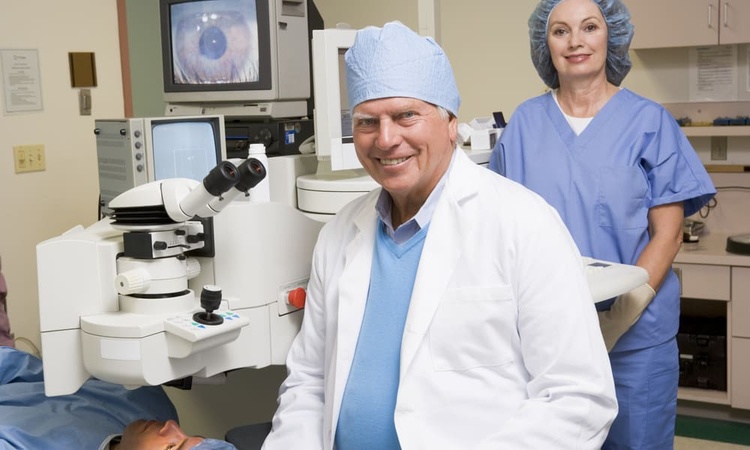Medical Assistant Jobs: Roles, Skills, and Technology in Healthcare
Medical assistants perform a mix of clinical and administrative duties that keep outpatient clinics, hospitals, and specialty practices running smoothly. They handle tasks ranging from taking vitals and preparing patients for exams to managing scheduling, billing, and electronic health records. As healthcare delivery evolves, medical assistants increasingly work with digital tools and multidisciplinary teams to support efficient, patient-centered care while maintaining confidentiality and safety.

This article is for informational purposes only and should not be considered medical advice. Please consult a qualified healthcare professional for personalized guidance and treatment.
How do medical assistants support healthcare teams?
Medical assistants bridge clinical and administrative functions to support physicians, nurses, and allied health staff. In clinical duties they may record medical histories, take vitals, perform basic lab tests, and assist with minor procedures. On the administrative side they handle appointment scheduling, insurance verification, and maintaining electronic health records. Their role often requires clear communication, adherence to infection-control protocols, and the ability to prioritize tasks in fast-paced healthcare settings so patient flow and documentation remain accurate.
What medical knowledge and certifications are common?
Training pathways for medical assistants vary from short postsecondary certificates to associate degrees. Common competencies include anatomy, medical terminology, pharmacology basics, and clinical procedures such as phlebotomy and EKGs. Many employers prefer or require certification like Certified Medical Assistant (CMA) or Registered Medical Assistant (RMA), along with CPR certification. State rules differ on scope of practice; for example, performing certain injections or advanced tasks may require additional licensure or on-the-job supervision by licensed clinicians.
How does technology shape medical assistant work?
Technology is integral to modern medical assisting. Electronic health record systems streamline charting, order entry, and prescription renewals, while practice management software handles scheduling and billing. Telehealth platforms enable medical assistants to coordinate virtual visits, collect pre-visit information, and prepare digital documentation. Point-of-care devices and digital diagnostic tools reduce turnaround times for tests and support clinical decision-making. Comfort with these technologies improves efficiency and reduces errors, but ongoing training is needed as systems and workflows evolve.
What roles does AI play in medical assisting?
Artificial intelligence increasingly augments administrative and clinical tasks in healthcare settings where medical assistants work. AI tools can help with automated appointment reminders, preliminary triage questionnaires, voice-to-text charting, and coding suggestions for billing. These features can speed routine tasks and improve consistency, but they do not replace clinical judgment or direct patient care. Medical assistants who understand AI limitations and privacy considerations can use these tools to enhance documentation accuracy and free time for more patient-centered activities.
How do medical assistants interact with patients?
Patient interaction is central to the medical assistant role. They often greet patients, obtain histories, explain procedures, and collect vital signs, creating first impressions that affect the care experience. Strong communication skills, cultural sensitivity, and basic patient education capabilities help medical assistants support adherence and reduce anxiety. They also ensure privacy and informed consent are respected, and they communicate relevant observations to supervising clinicians so that patient needs are addressed promptly and safely.
Medical assistants work at the intersection of clinical care, administrative organization, and evolving technology. As healthcare systems adopt more digital tools and AI-driven features, the role will likely emphasize adaptability, continued learning, and collaboration with other health professionals. For people considering this career, gaining foundational clinical skills, certifications, and comfort with health technology can provide a solid basis for varied opportunities within local services and larger healthcare organizations.






